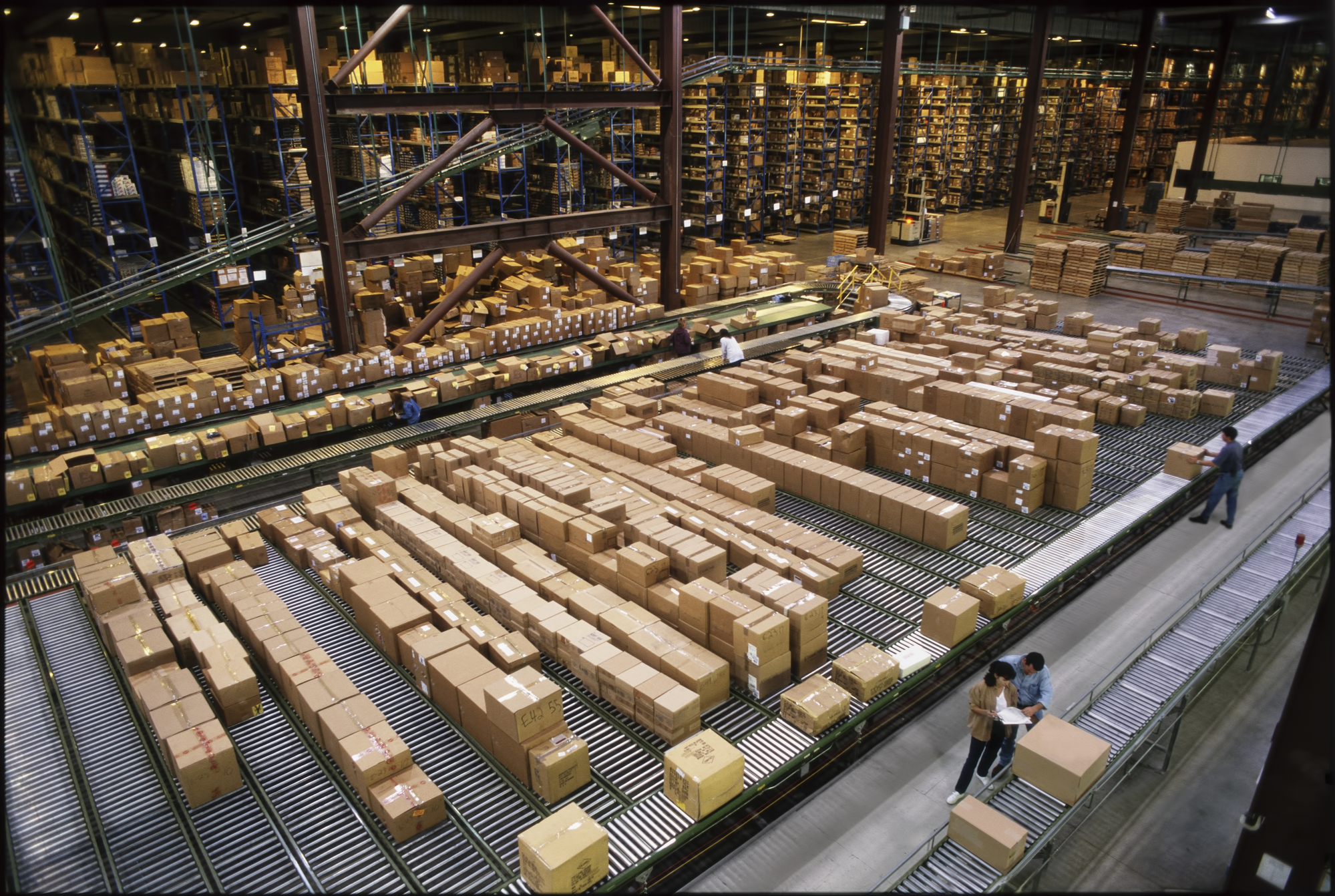Supply chains rely on strong infrastructure to keep goods moving efficiently. However, according to the 2025 Infrastructure Report Card released by the American Society of Civil Engineers (ASCE), the U.S. still has work to do. The overall grade is C—a slight improvement over past years, but not enough to reassure shippers, carriers, or logistics professionals navigating daily delays and disruptions.
Published every four years, the ASCE report evaluates 18 categories of infrastructure using a letter-grade scale. It’s a widely referenced benchmark for understanding the condition of critical systems like roads, bridges, ports, rail, and more.
Here’s how the grades break down in 2025:
- Aviation: C+
- Bridges: B-
- Broadband: C+
- Dams: D
- Drinking Water: C-
- Energy: C+
- Hazardous Waste: D+
- Inland Waterways: D+
- Levees: D
- Ports: B
- Public Parks: C
- Rail: B
- Roads: D+
- Schools: D+
- Solid Waste: C+
- Stormwater: D
- Transit: D
- Wastewater: C-
These grades paint a mixed picture for logistics professionals. Ports and rail systems—key links in the freight transportation network—earned high marks, suggesting that recent investments in intermodal capacity, automation, and modernization are starting to pay off.
Broadband, included as a graded category for the first time, received a C+. That’s a signal of growing recognition of digital connectivity is importance for supply chain visibility, real-time tracking, and coordination across networks.
However, the poor marks for roads (D+), transit (D), and stormwater infrastructure (D) continue to raise red flags. These categories directly impact last-mile delivery, route reliability, and resilience in the face of extreme weather events. In many cases, the weakest infrastructure is found in the most congested metro areas, where consumer demand is highest.
ASCE estimates that the U.S. faces a $3.7 trillion infrastructure investment gap over the next decade. While federal spending has helped narrow the gap in select areas, chronic underfunding remains a threat to system-wide reliability.
“Infrastructure is the backbone of the U.S. economy and our supply chains,” the ASCE wrote. “Without sustained investment and modernization, we risk compromising the systems that connect goods, people, and businesses.”
Visit Logistics Management to learn more about the ASCE 2025 Report Card.




